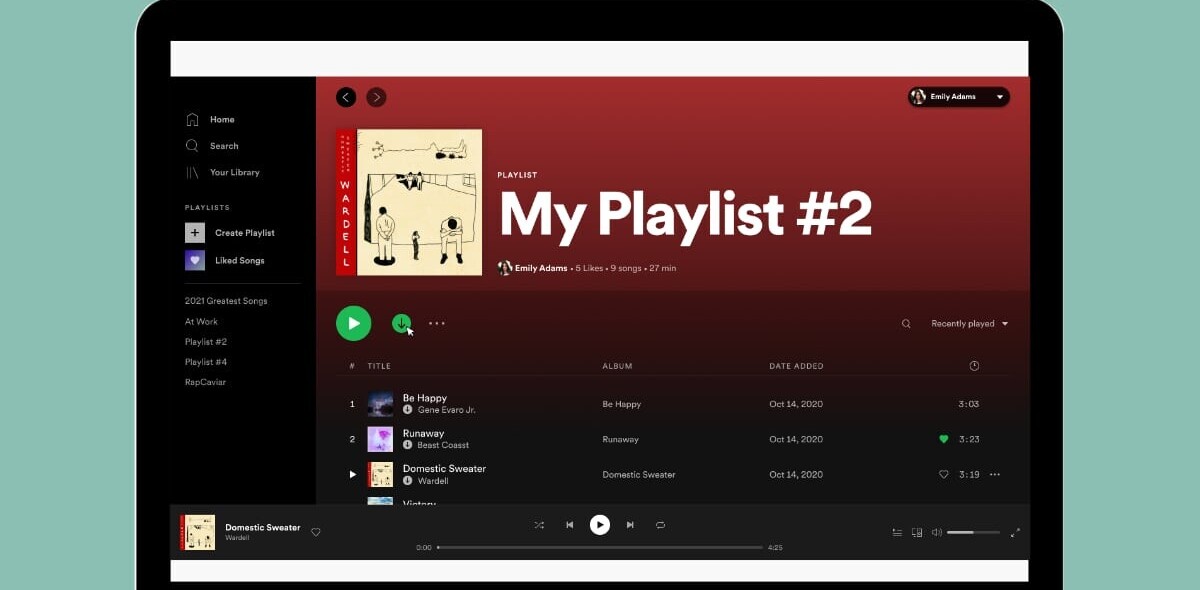
As the pandemic wears on, it’s clear that it’s changing business and consumption models in both predictable and unpredictable ways.
On one hand, personal safety and security are still top-of-mind for consumers, driving changes in everything from online shopping to brick-and-mortar store layouts and delivery models.
On the other hand, despite a deep recession and a highly disruptive business environment, some retailers are flourishing.
A starting point in approaching retailing in the time of coronavirus is to understand that it’s currently a tale of two consumers. While millions have lost their jobs, many who remained working skipped expensive vacations and were limited in attending live sports and entertainment. As a result, they have more discretionary income available to spend on high-ticket gift items for the home.
For retailers, it’s critical to understand how to navigate through this new and largely uncharted territory — including coping with markedly different holiday shopping and spending patterns.
Companies that get things right will not only see an immediate uptick in revenue, they’re likely to forge stronger long-term relationships with customers. In fact, consulting firm KPMG found that brands that make a positive impact on people’s lives grow 2.5 times more than brands with a low perceived impact.
What’s in store
It’s no secret that retailers are learning on the fly how to cope with the novel coronavirus pandemic.
Although it’s tempting to hunker down — and double down — on time-tested marketing and sales methods, now is the time to rethink and rewire sales, operations, logistics, and support.
It’s also the time to rethink and rewire e-commerce platforms, web and app interfaces, workflows, and supply chains in time for the upcoming holiday season. Those willing to innovate and make bold bets will likely come out on top.
As the pandemic continues, the likelihood increases that consumers with disposable income will purchase higher-ticket items fit for a pandemic lifestyle — and buy them earlier than ever to ensure they have them for the holidays.
Think pool tables, fitness equipment like Peloton, the latest video game consoles, specialized software, kitchen appliances and cooking tools, homebrewing kits, musical instruments, boats, and other outdoor items.
However, these higher priced items come with a few ‘gotchas’ for businesses. While they often produce higher revenues and improved profit margins, they also represent risk in the form of unsold inventory and expensive returns.
This holiday season it’s critical to ensure adequate product availability, lock down contracts, and get items to customers on schedule.
In fact, an Adobe Digital Economy Index (DEI) survey found that one third of consumers have already experienced shipping delays on their August online orders. It’s highly likely that many consumers will be shopping for the holidays early this year.
Yet at the same time, many cash-strapped consumers will be looking for bargains. Retailers must address this segment of the marketplace too when thinking about their discount strategies for the holiday season.
In many instances, it’s critical to rethink how shopping and sales take place, both at physical stores and online. Although most stores have already modified their layouts and displays, it may be necessary to regulate the number of people allowed in a store — and strategize how to manage people camping out for a Black Friday opening.
And while concepts such as delivery lockers and curbside pickup aren’t exactly new, getting things right during the busy holiday season may require updated technology, workflows, and employee practices.
In order to avoid chaos at the curbside — and one can only imagine how challenging things could become if too many people show up and overcrowd pickup areas — it’s crucial to get the logistics and timing right.
It may be necessary, for example, to update your mobile app experience or use text notifications to inform customers about optimal pickup windows so they can avoid peak traffic and frustrating delays.
This may require geofencing techniques that can help determine how many people are waiting in a parking lot and what they are picking up so that crews can begin to fulfill orders as soon as customers approach a curbside pickup. Possible shipping delays caused by weather or COVID-19 may ratchet up consumer anxiety and prompt more people to use curbside pickup stations.
However, it’s also important to focus on e-commerce and think like a digitally native brand. As the pandemic has unfolded, it has become increasingly clear that many people are now completely comfortable shopping online.
The latest DEI shows that online sales exceeded $2 billion every single day between May and June. It’s essential that websites and mobile commerce apps are designed well but also display accurate inventory readings and delivery dates and offer simple and streamlined payment options.
Unfortunately, many retailers fall short at checkout. They lack options for Apple Pay and Android Pay, for example, thus requiring customers to manually type in all the data, including a credit card number. This leads to friction, frustration, and, more often times than not, abandoned shopping carts.
Staffing considerations
The 2020 holiday season will require attention to other issues too. One of the biggest is staffing. In addition to security guards to monitor the wearing of masks and prevent overcrowding in-store, there will be a need to redistribute workers — and perhaps hire new or seasonal employees.
As business models evolve to address COVID-19, e-commerce fulfillment centers, warehouses, curbside pickup stations, and other locations will also have very different staffing requirements — especially on Black Friday and Cyber Monday, when there will be heavy traffic — and perhaps even multiple orders for the same items to avoid missing out.
In addition, store hours will undoubtedly change and some spaces with underperforming sales — particularly in malls — could become dark stores that take on a convertible role as a store and a fulfillment center (or only the latter) depending on the time of day. In some cases, 24-hour operations with shorter work shifts may be necessary. It’s also wise to build in flexible shipping with multiple carriers for packages and home deliveries.
Finally, there’s the challenge of maintaining high levels of customer service and support while accommodating easy returns. Expect a crush of inquiries as people unwrap gifts. It may be necessary to boost staffing in call centers and at support desks during the holidays, including 24×7 operations with shorter shifts.
Stringent COVID-19 screening policies and generous personal protective equipment (PPE) policies will also be important in attracting and retaining workers. Yet, at the same time, automated service and support is more important than ever. Chatbots, artificial intelligence, and online knowledge bases can aid in reducing wait times, stress, and product returns. Simplified return policies can reduce stress and costs.
The end goal for retailers should be to use technology to automate as many processes and tasks as possible — and avoid, quite literally, touchpoints that spread the virus.
This requires executives to get an early start on securing inventory, procuring fulfillment lockers, working out the kinks in curbside pickups, automating warehouse processes, and streamlining apps, checkout, support, and return processes to reflect this new normal. It also requires a focus on flexible staffing. This holiday season promises to deliver a markedly different experience for all.
Get the TNW newsletter
Get the most important tech news in your inbox each week.





